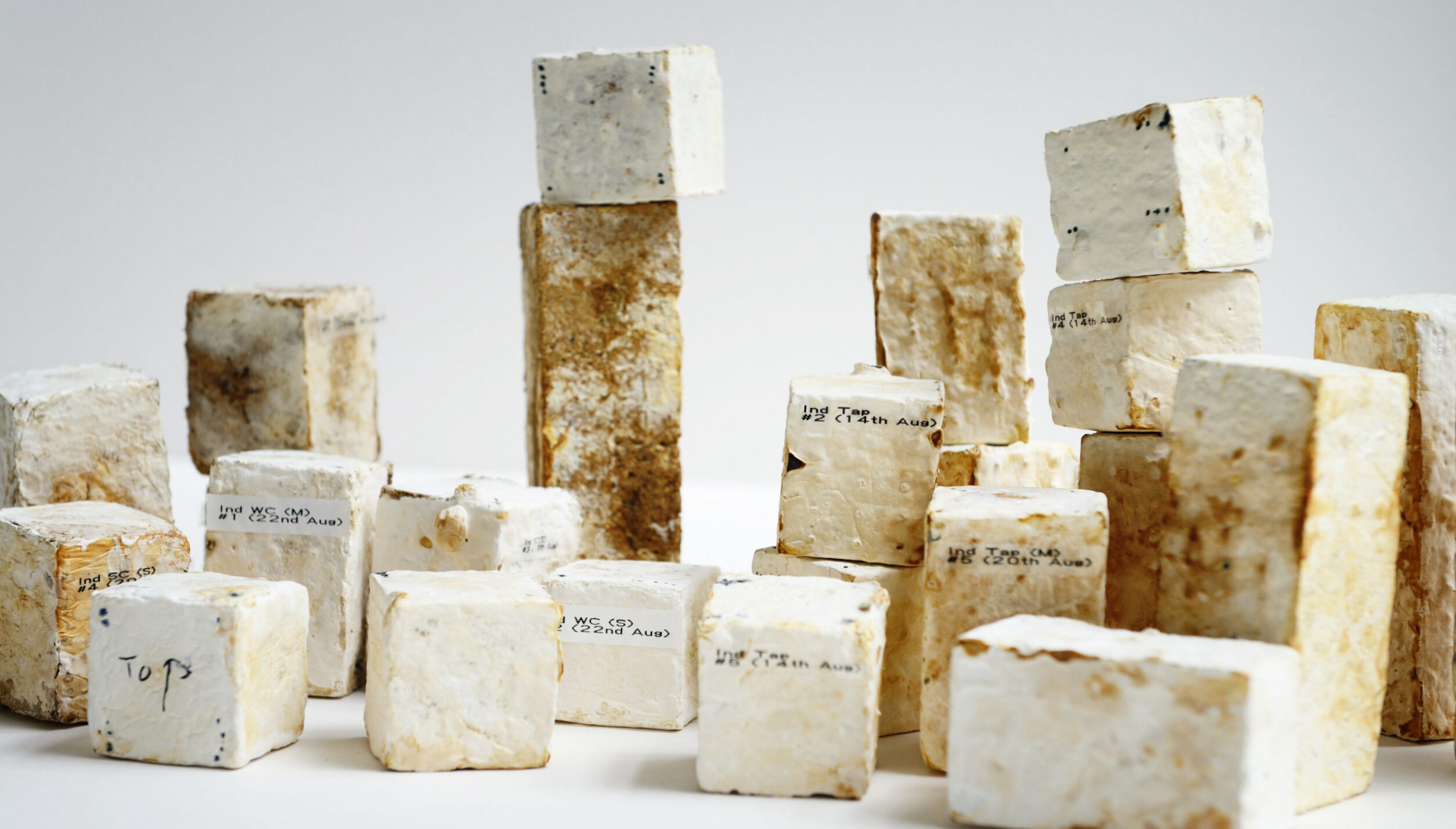

The mushroom kingdom is a magical world that we humans have only just begun to explore. We can often not see it, but fungi is everywhere. Where there is life, there are fungi. Under the ground, in the air, at sea depth, in the dishwasher, on the skin and inside our body. With its regenerative, medicinal and adaptive properties, the fungus has been useful to plants, animals and humans ever since the first organisms established on land. In the future, we will most likely be able to dress in mushroom leather, build with mycelium and develop sustainable solutions to global problems with fungal mycelia.
Under the mushroom cap there is an underground network called mycelium. Mycelium is the "invisible" part of the fungus and spreads by means of thread-like roots called hyphae. The hyphae act as the long arms of the fungus and form an underground network that connects fungi with the roots of plants and trees.
Most people associate fungi with the visible part of the fungus known as sporocarp (previously called the fruit body), but this only makes up a small part of it. Maybe you have tasted or seen a chanterelle, it has the role of the dispersal unit of the fungus. Compared to a fruit tree, then the mycelium network will correspond to the tree itself. In other words, a sporocarp is only a tool for spreading the spores and establishing new mycelium networks. This usually happens in the fall when the temperature drops and the humidity is high.



Mycelium can be seen as the root system of the fungi, and can help plants and trees to absorb more nutrients from the soil. Long hyphae (fungal cells) can extend beyond the plant roots in search of nutrients. This means that the plants get a more efficient nutrient uptake and in return the fungus gets carbohydrates from the plants' photosynthesis as a thank you. This interaction is a symbiosis called mycorrhiza and is a mutual cooperation between fungi and plants. The next time you take a walk in the woods, you may ponder on the fact that you are moving across many different mycelium networks, and if you dig a little hole, you will likely be able to see that much of the soil consists of these white fungal hyphae.
Hyphae are known to help plants and trees communicate and exchange nutrients. Incredibly, trees and plants can use mycelium networks (known as the Wood Wide Web) to warn other nearby plants of threatening dangers such as infections, insects or drought. If a tree stands in a sunny or nutrient-rich place in the forest, it will be able to send help in the form of nutrition to its less fortunate relatives via the mycelium network. Communication takes place through a chemical language that we humans do not yet understand. In fact, we understand only a small part of the complex world of the fungi so far.
Another way fungi have adapted to the living is as recyclers. Fungi are remarkable decomposers and account for as much as 90% of the decomposition in nature. It clears the forest floor by breaking down organic material and then continues the industry back to the forest. Without the fungus, the forest floor would have been overgrown with dead leaves and the world would eventually have been buried in dead organic material. The fungus is also used to break down polluting chemicals in nature that no one thought was possible to remove.
A big advantage for the fungus is that it does not depend on sunlight to grow. Mushrooms use enzymes to break down organic material to get the nutrition they need. Fungi can thus be called a small chemical factory and produce enzymes that are very useful for humans, plants and animals. The enzymes act as a catalyst in chemical reactions and can cause a reaction to go up to a million times faster. Most detergents, for example, contain enzymes that require fewer chemicals to remove dirt and grease. In baking and beer brewing, enzymes are often added to control the fermentation. By the way, did you know that antibiotics like Penicillin are extracted from fungi?
